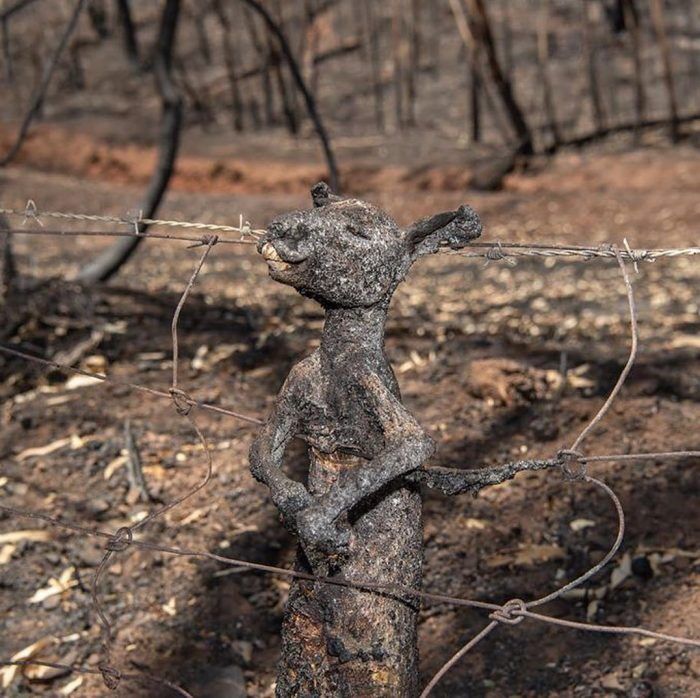Nearly three billion animals were killed or displaced by Australia’s unprecedented 2019-20 wildfires according to a report released Tuesday. The report described the incident as one of the worst wildlife disasters in modern history.
The study by scientists from several Australian universities said the wildlife hit included 143 million mammals, 2.46 billion reptiles, 180 million birds, and 51 million frogs.
The World Wide Fund for Nature (WWF) commissioned the report that brought out the shocking finding.
Mega blazes swept across every Australian state last summer, scorching bush and killing at least 33 people. Mammals, reptiles, birds, and frogs died in the flames or from loss of habitat.
“The prospects for those that escaped the flames are probably not great due to a lack of food, shelter, and protection from predators,” said Chris Dickman, who oversaw the project by 10 scientists from Australian universities.
The wildfires ravaged more than 115,000 square kilometers (44,000 square miles) of drought-stricken bushland and forest across Australia in late 2019 and early 2020, killing more than 30 people and destroying thousands of homes.
It was the broadest and most prolonged bushfire season in modern Australian history, with scientists attributing the severity of the crisis to the impacts of climate change.
During the peak of the crisis in January, scientists had estimated that 1.25 billion animals had been killed in New South Wales and Victoria alone.
But the new estimate takes in a larger area. About 11.46 million hectares – an area comparable to England – was scorched from September to February. The numbers were based on population counts and estimates of animal density before the disaster.
Results from the survey were still being processed, with a final report due to be released late next month, but the authors said the number of three billion animals affected was unlikely to change.
“The interim findings are shocking. It’s hard to think of another event anywhere in the world in living memory that has killed or displaced that many animals, ” said Dermot O’Gorman, CEO of the Australian branch of the WWF for Nature.
The report released Tuesday was drawn up by scientists from the University of Sydney, University of New South Wales, University of Newcastle, Charles Sturt University, and conservation group BirdLife Australia.






![The Top & Most Popular Seafood Bucket Restaurants in Dubai for you [Never Miss]](https://cdn-bcaic.nitrocdn.com/xbqiknhylajlKDYOliCLZeRuxPCWDGHz/assets/images/optimized/rev-b04d989/uae24x7.com/wp-content/uploads/2020/09/8-seafood-in-a-bucket-scaled-e1600739237403.jpg)